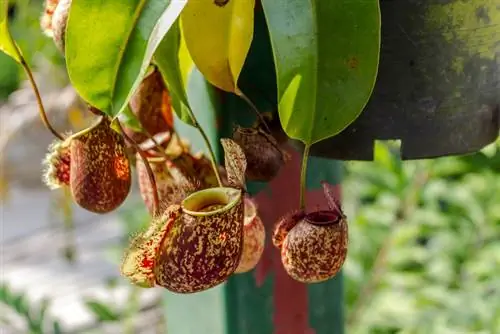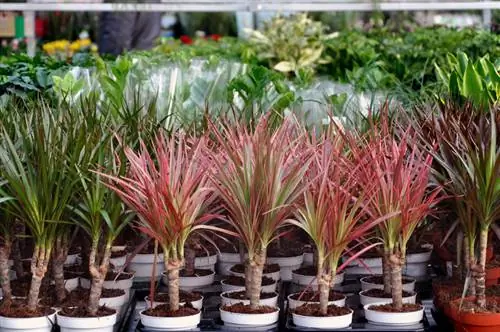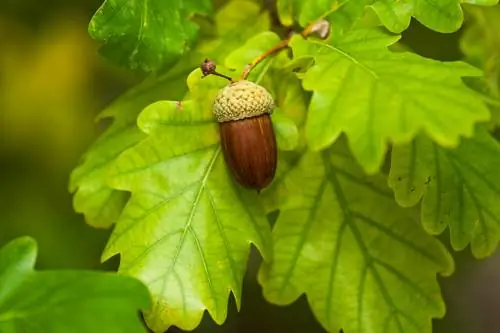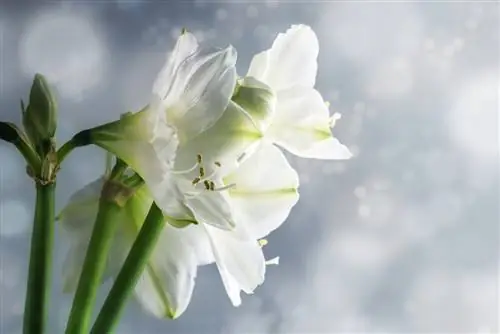- Author admin [email protected].
- Public 2023-12-16 16:46.
- Last modified 2025-01-23 11:20.
Nepenthes or pitcher plants are carnivorous plants. They are noticeable because of their sometimes huge pitchers, which are used to catch insects. There are countless species of pitcher plant. They differ in some respects in terms of their care and location requirements.

How many species of Nepenthes are there and how do they differ?
Nepenthes species, also called pitcher plants, are present in over 100 different species and are divided into highland Nepenthes, lowland Nepenthes and Nepenthes hybrids. They differ primarily in their requirements for care, location and temperature conditions.
There are around 100 Nepenthes species worldwide
So far, experts believe there are around 100 different types of pitcher plants. Since many species are native to rainforests, new species are constantly being discovered.
There are also numerous intersections that can cope with less high temperatures. They are usually more robust and develop larger pitchers.
The plants offered in local garden centers and hardware stores are almost exclusively hybrids. Highland and lowland hybrids are only available in specialized nurseries.
The different species of Nepenthes
Basically, pitcher plants are divided into two main types. There are also the hybrids that arise from crosses:
- Highland Nepenthes
- Lowland Nepenthes
- Nepenthes Hybrids
Claims of the Lowland Nepenthes
Lowland Nepenthes comes from altitudes up to a maximum of 1,200 meters. The plant needs consistent, warm temperatures of around 30 degrees. Under no circumstances should temperatures be lower than 25 degrees. This species does not tolerate lowering during the night.
Requirements of the highland pitcher plant
Experts speak of highland Nepenthes when the plants are native to altitudes of over 1,200 meters. They can only be properly cared for in a greenhouse or a terrarium.
Highland species such as Nepenthes alata prefer daytime temperatures of around 25 degrees. At night the temperature must be reduced to 10 to 16 degrees. This cannot be achieved in the normal flower window.
Nepenthes species are protected
In nature, pitcher plants are threatened with extinction. This is largely due to the deforestation of the rainforests. All Nepenthes species are therefore on the Red List of Endangered Species. The plant is protected by the Washington Convention on International Trade in Endangered Species of Endangered Species.
Therefore, never buy pitcher plants from unknown origins. This will make you liable to prosecution and may have to pay high fines.
Tip
It used to be reserved for botanists and gardeners with greenhouses to care for Nepenthes. Many crosses have now been bred that can also be kept indoors. Nevertheless, the pitcher plant is not an ornamental plant for absolute beginners.






